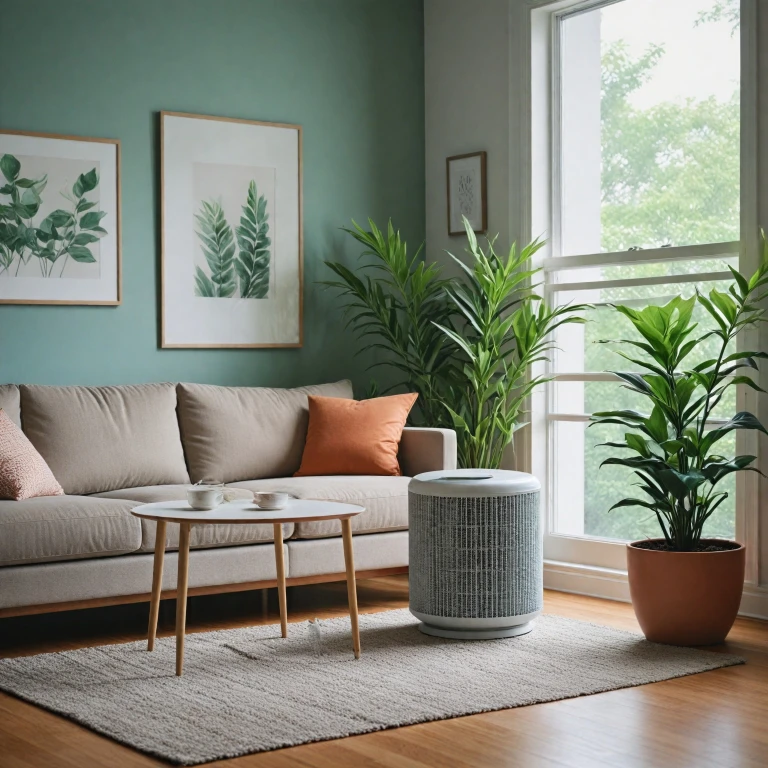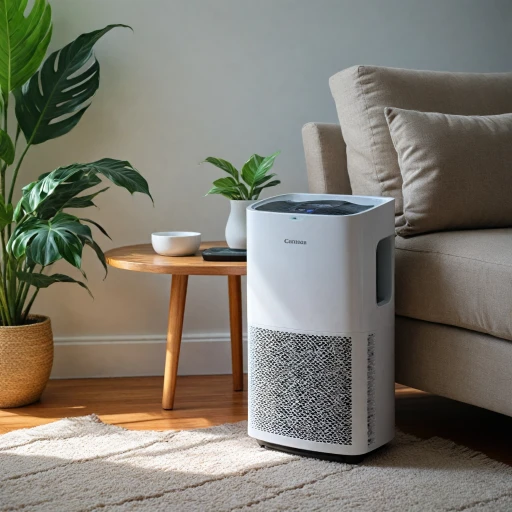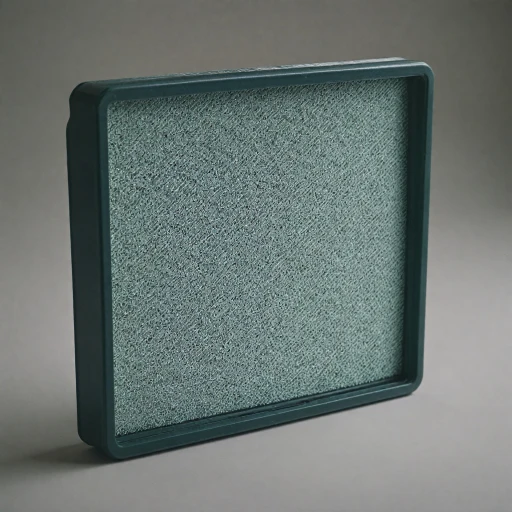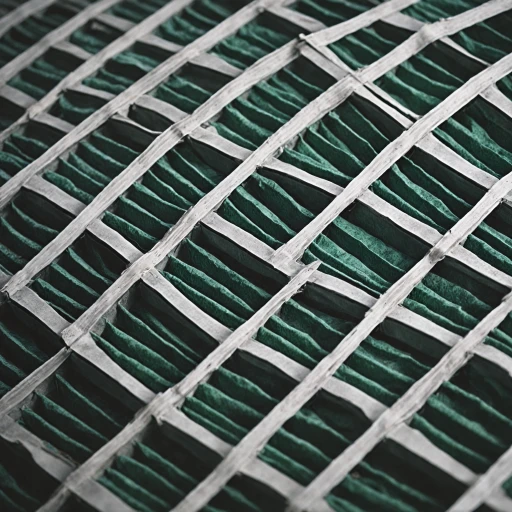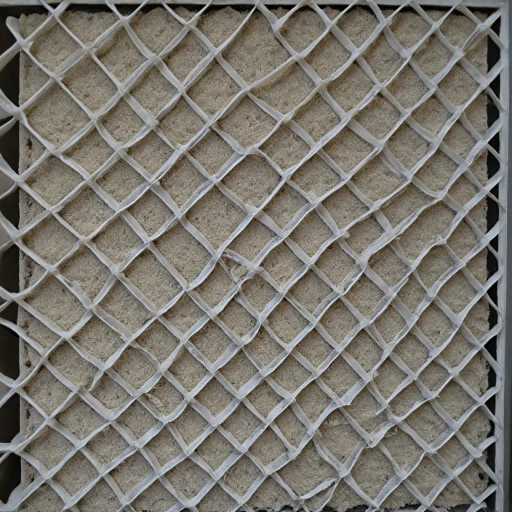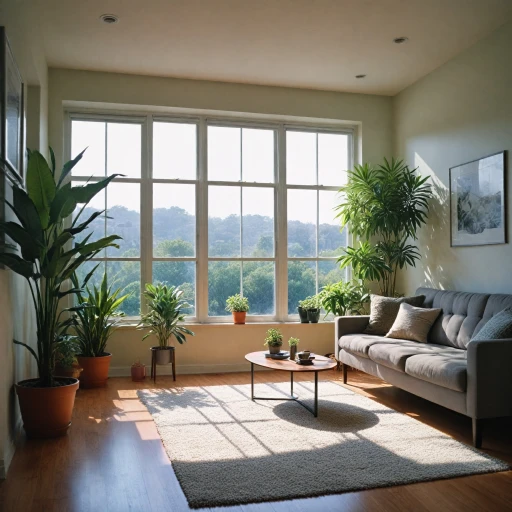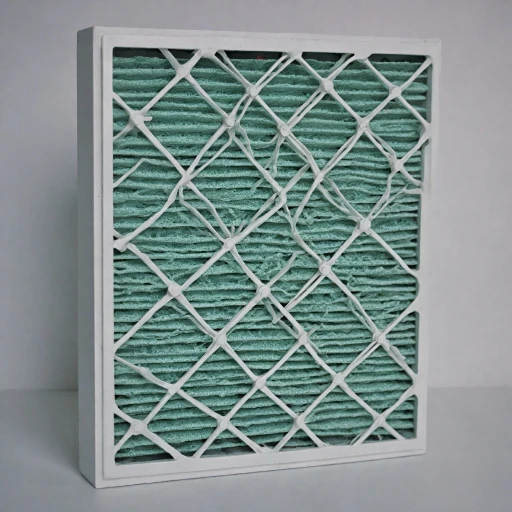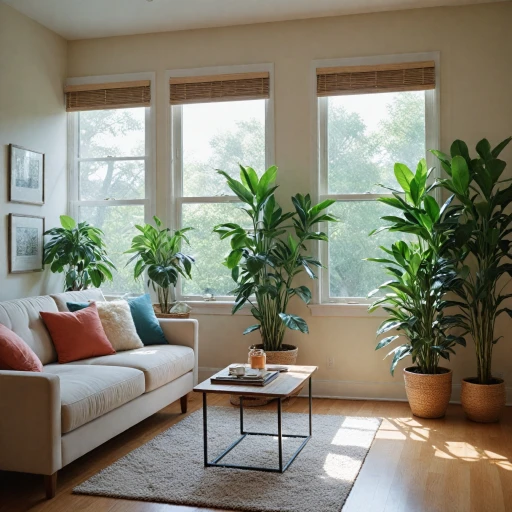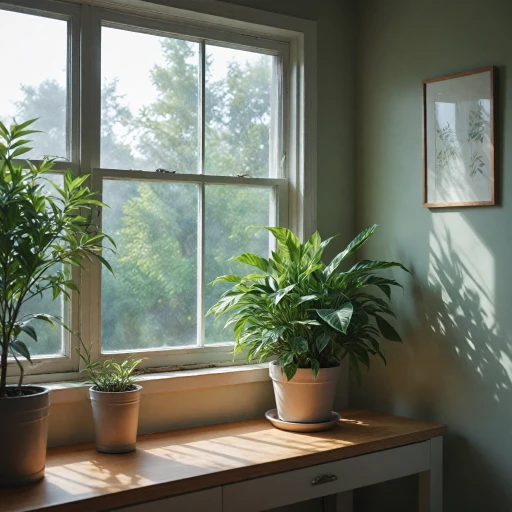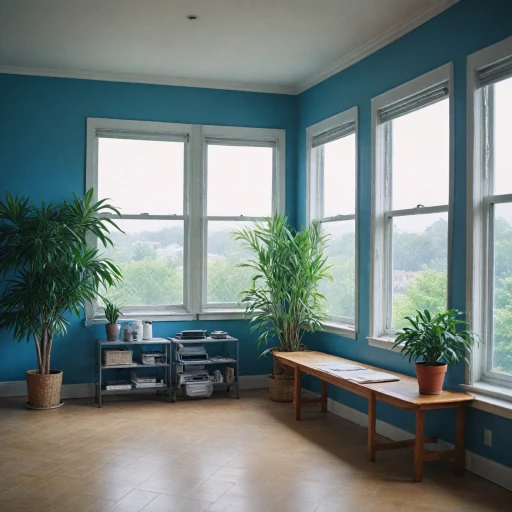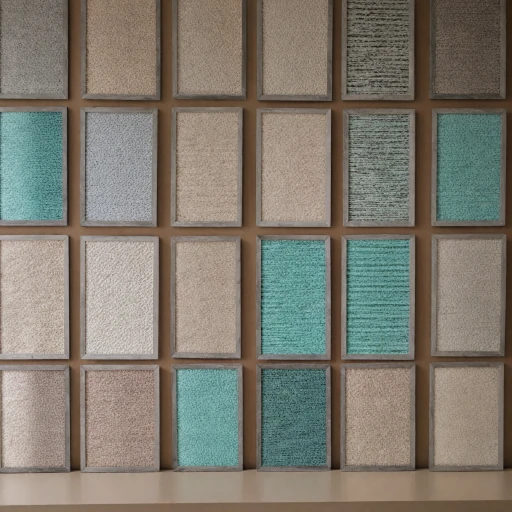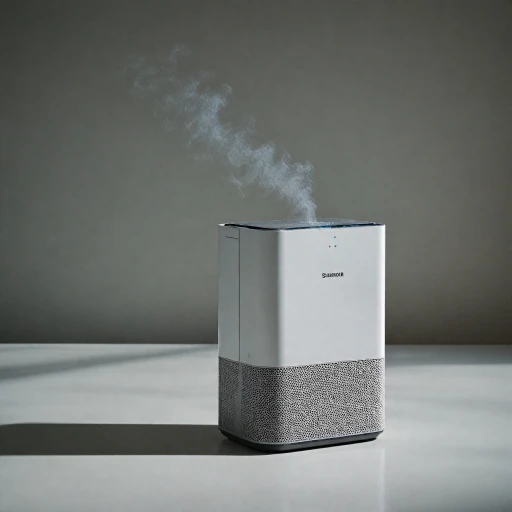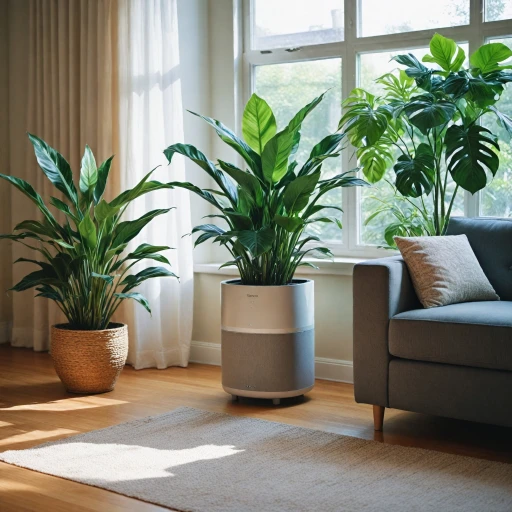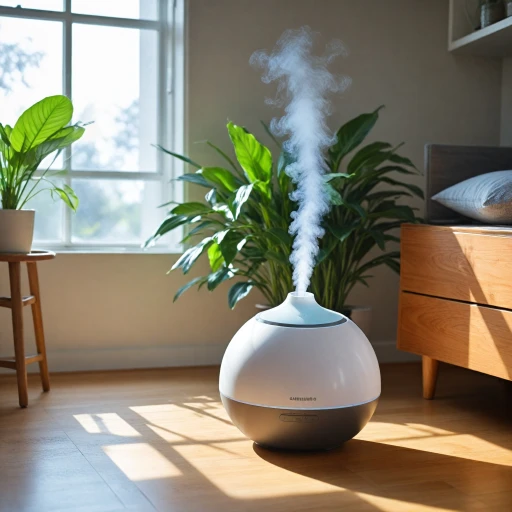
The Basics of Air Filters
Unraveling Air Filtration: The Very Fabric of Cleaner Indoor Air
When discussing air purifiers, it's crucial to start with the unsung hero: the air filter. Air filters are essential components in ensuring that the air in your home or office remains free of harmful particles. Their function is simple yet vital—they trap dust, allergens, and other airborne particles, thus enhancing overall air quality. To understand air filters better, it helps to become familiar with terms such as MERV (Minimum Efficiency Reporting Value), which rates the effectiveness of air filters. MERV ratings range from low to high, signifying the ability of a filter to capture even the smallest particles. A high MERV rating typically indicates improved air filtration capability, but it could also affect your HVAC system's efficiency. Understanding these nuances can save you from common pitfalls, such as selecting a filter with a rating that's too high for your current HVAC system. Standard sizes, like the 18 x 20 x 1 air filter, are designed to fit most HVAC systems, including home units. This particular size is favored for its balance between standard capacity, efficiency, and price. For a more tailored fit, it's essential to check the actual size of the filter, as it can slightly differ from the nominal size indicated on the packaging. Additionally, air filters can be made from various materials, including fiberglass and pleated mediums. Pleated filters generally offer a higher capacity for trapping dust without compromising air flow. Selecting the right type of filter—whether a pleated air filter or another variant—depends on your specific air filtration needs and the type of airborne particles you're dealing with. For those looking to improve indoor air quality while also tackling common challenges like odors, opting for filters that double as odor eliminators can be beneficial. These multifunctional filters provide an added layer of protection, ensuring fresher indoor air. You can dive deeper into the importance of filters in air cleaners to make an informed decision when selecting your next air filter.How the 18 x 20 x 1 Air Filter Works
The Mechanism Behind This Specific Size
When it comes to enhancing your home's air quality, understanding the specific workings of an 18 x 20 x 1 air filter is essential. The primary role of this component within your HVAC system is to trap airborne particles such as dust, pollen, and even some odors before they circulate through your indoor air. The filter's size, often mislabeled as the 'actual size,' corresponds to standard capacity, providing a precise fit for specific equipment setups. To achieve optimal air filtration, 18 x 20 x 1 filters are typically available in varying MERV ratings. These ratings indicate the efficiency of the filter in capturing different sizes of airborne particles, with higher ratings signifying greater efficiency. This efficiency is crucial for maintaining your HVAC system's performance, as a high MERV rating can improve air quality but might also reduce airflow due to increased resistance. Therefore, selecting a suitable MERV level for your needs and system requirements is vital. In many cases, this filter type is constructed with pleated media, which increases its dust-holding capacity and overall effectiveness compared to non-pleated alternatives like fiberglass. The pleating creates more surface area, allowing the filter to capture more contaminants without compromising airflow. Over time, though, these filters will accumulate substantial particles, leading to a need for regular replacement to maintain both the efficiency and longevity of your HVAC system. For those considering cost-efficiency and ease, buying air filters in specific quantities or MERV packs is an advantageous route. This strategy can help save on price imperatives while ensuring you always have a replacement on hand when it's time to change the filter. If you're interested in buying in bulk, there are comprehensive guides available, such as this one on the benefits of bulk air filters, which can be applied to different sizes including 18 x 20 x 1. This could offer significant savings on standard replacement needs, along with the convenience of having a pack ready when required.Benefits of Using an 18 x 20 x 1 Air Filter
The Impact of an 18 x 20 x 1 Air Filter on Indoor Air Quality
When considering air purifiers, attention often focuses on the filter’s ability to efficiently target and trap airborne particles. An 18 x 20 x 1 air filter is a key player in achieving high indoor air quality, leveraging a range of benefits that amplify its popularity among homeowners. First off, the size and standard capacity of these air filters makes them compatible with various HVAC systems, allowing for seamless integration. With their pleated design, these filters possess a higher surface area to capture dust and other contaminating particles. This enhances their efficiency in maintaining clean air as compared to standard fiberglass options. Improving air quality isn't just about capturing more dust. An 18 x 20 x 1 filter, often with a MERV rating, caters to a variety of airborne particles, including mold spores and pollen, as well as acting as an odor eliminator. The MERV filters achieve this through a dense mesh of fibers that effectively improve air filtration. Cost-effectiveness is another crucial benefit. With a reasonable price point, these filters can help you save by reducing the frequency of HVAC system breakdowns due to dust overload. Moreover, they come in a pack, which encourages regular changes to uphold optimum air quality and system performance. Adequately managing indoor air through regular filter replacement can prolong the lifespan and current efficiency of HVAC systems. Ultimately, the decision to use a specific filter size like the 18 x 20 x 1 impacts everything from airflow to the system’s merv air capacity. For more detailed insights into how these components work within air purifiers, and the broader implications of choosing the right filter, you can explore the comprehensive benefits outlined here.Choosing the Right 18 x 20 x 1 Air Filter
Selecting the Optimal Filter for Your Needs
Choosing the right 18 x 20 x 1 air filter can greatly impact the efficiency and effectiveness of your air purification system. As you dive into selecting an appropriate filter, consider the following factors to ensure you meet your specific needs:- Size Matters: The 18 x 20 x 1 filter size is crucial for compatibility with your HVAC system. Make sure to verify the actual size required to avoid any fitting issues.
- Performance Rating: Pay attention to the MERV (Minimum Efficiency Reporting Value) rating, which indicates the filter’s efficiency in trapping airborne particles. Higher MERV ratings mean better filtration but ensure it's compatible with your system’s capacity to maintain air flow.
- Material and Design: Consider whether a standard fiberglass filter or a pleated air filter suits your needs. Pleated filters typically offer higher dust holding capacity and better efficiency.
- Specific Needs: If dealing with specific concerns like indoor air allergies or odors, look for filters with capabilities in air quality enhancement and odor elimination.
- Budget Considerations: Pricing varies, so weigh the cost against the frequency of changes required. Some filters might offer a cost-saving MERV pack option for those who want to buy in bulk.
Maintenance Tips for Longevity
Ensuring Long-lasting Performance of Your Air Filter
Regular maintenance of an air filter is crucial to ensure it delivers the expected high efficiency in trapping dust and other airborne particles. If your HVAC system is fitted with an 18 x 20 x 1 filter, here are some practical tips to help it operate at its standard capacity:- Check your filter size and frequency: Always be aware of the actual size and type of your filter. Different filters have varying merv ratings and, consequently, different lifespans. Check it regularly to be sure if it needs replacement—most standard air filters should be checked monthly.
- Change filter regularly: For optimal performance, change your filter as per the recommended merv rating intervals found on the packaging. A clogged filter can strain your HVAC system and raise your energy bill.
- Choose pleated filters: Consider using pleated air filters, as they often catch more airborne particles compared to fiberglass ones, thanks to their increased surface area. This can help you save money in the long run by maintaining indoor air quality more effectively.
- Keep your system clean: A clean HVAC system contributes to the filter’s longevity. Ensure the surrounding area is clear of dust and debris to avoid clogging the pleats or affecting the air quality.
- Be mindful of environmental factors: If you live in an area with high dust or pollen levels, your filters might need to be changed more often to maintain efficiency and capacity. Also, using an odor eliminator can help when specific scents are prevalent.
- Monitor air quality: Analyzing current air quality can guide you in determining the best time to change your filter. It’s a straightforward method to maximize your filter’s longevity and maintain system efficiency.
Common Challenges and Solutions
Tackling the Challenges: Common Issues and Practical Solutions
Maintaining an air filter can come with its set of challenges. While the efficiency of your HVAC system can be greatly enhanced with regular filter changes, there's more to ensuring optimal performance.
1. Dealing with Reduced Airflow
The build-up of dust and airborne particles can hamper the airflow, leading to increased energy consumption and reduced efficiency of your air filters. Ensure you are using the correct filter size and that your system's pleated air filters have a MERV rating that matches your indoor air quality needs. Regular maintenance is key; a clogged filter does not just hinder airflow but can strain your HVAC system.
2. Ensuring Compatibility and Fit
Another common issue arises when the actual size of the filter does not match the designated filter size of your system. It's essential to match the filter's dimensions and capacity with your system requirements. Regularly inspect the current filters to verify their fit and ensure they sit snugly within the system without gaps, which can allow unfiltered air through.
3. Balancing Filter Efficiency and Cost
Higher-rated MERV filters offer better air filtration but can come at a premium price. Consider your specific needs: while some households may need high efficiency for dealing with allergens, others might save with a standard capacity filter pack, balancing performance with cost. Knowing your MERV and MPR FPR ratings can guide you in making cost-effective decisions on replacements.
4. Odor Management
Even the best filters may struggle with odors. If this is an issue in your home, consider adding an odor eliminator or seeking specialized air filters designed to target specific indoor air quality concerns beyond mere dust.
